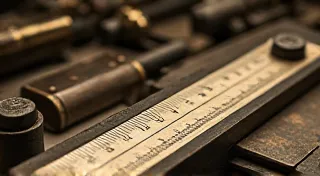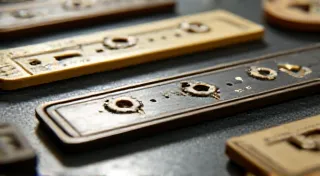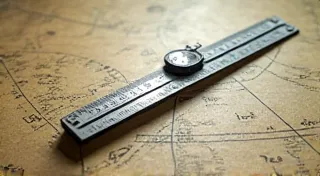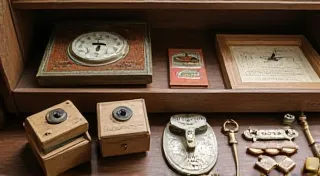The Importance of Slide Rule Accuracy: Calibration and Adjustment
Slide rules are remarkable pieces of engineering history, offering a tangible connection to a time when precision calculations relied entirely on mechanical ingenuity. While they may seem quaint in our digital age, a properly functioning slide rule remains a valuable tool, especially for those appreciating vintage technology and enjoying hands-on learning. However, time and use can impact a slide rule’s accuracy. This article explores the importance of slide rule accuracy and provides guidance on how to check calibration and make minor adjustments. Understanding the materials used in their construction, like wood and metal, can also help you appreciate the challenges in maintaining their integrity - you can learn more about these materials here.
Why Accuracy Matters
A slide rule operates on the principle of logarithmic scales. If these scales are even slightly misaligned or distorted, the results of your calculations will be inaccurate. While small errors might seem insignificant in isolation, they can compound, leading to substantial discrepancies in complex calculations. For engineers, scientists, and anyone relying on slide rule calculations, accuracy is paramount. Even for hobbyists and collectors, a calibrated slide rule provides a more satisfying and trustworthy experience.
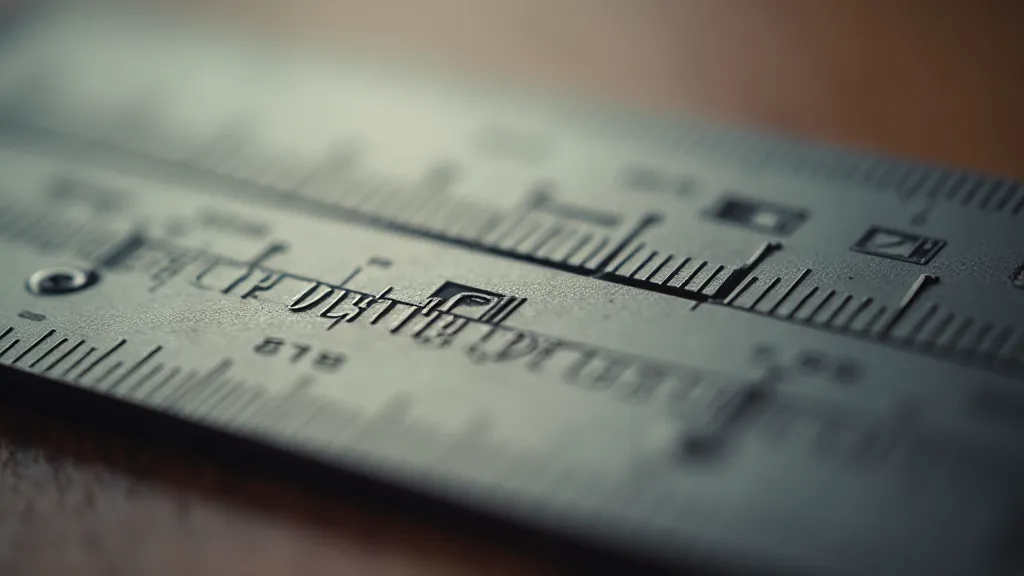
Checking for Accuracy: The Yardstick Method
The most straightforward method for assessing accuracy is the "yardstick method." This involves using a known, accurate distance (e.g., a 12-inch ruler) to check the linearity of the slide rule's main scale. Before you even begin, it’s beneficial to understand how the materials themselves contribute to the slide rule's overall performance.
- Measure the Main Scale: Using an accurate ruler, carefully measure several sections of the main scale, noting any deviations from the expected length. Pay particular attention to areas that show signs of wear or distortion.
- Check for Consistency: Compare your measurements to the nominal lengths indicated by the scale divisions. A perfectly accurate slide rule will exhibit consistent measurements.
- Identify Areas of Discrepancy: Note any regions where the measured length differs significantly from the expected length. This indicates potential misalignment or distortion.
Potential Causes of Inaccuracy
Several factors can contribute to a slide rule’s loss of accuracy. The materials they are constructed from are often sensitive and prone to changes over time. Let’s explore the most common culprits:
- Temperature & Humidity: Wood and other materials used in slide rule construction are susceptible to expansion and contraction with changes in temperature and humidity. This is especially true for vintage models that haven't been treated with modern sealants.
- Physical Stress: Dropping the slide rule or subjecting it to excessive pressure can warp the scales. The delicate nature of the scales means even seemingly minor impacts can cause lasting damage.
- Material Degradation: Over time, the glue holding the scales in place can dry out and crack, leading to misalignment. The type of glue used, often animal hide glue in older models, greatly influences its longevity.
- Wear and Tear: Repeated use can cause the scales to wear down, particularly at the edges. This is a natural consequence of friction and abrasion.
- Scale Replacement & Damage: Sometimes, a scale might have been replaced previously, perhaps due to damage. If the replacement wasn't precisely matched, it could introduce inaccuracies. It can be quite difficult to find replacement scales and ensuring a perfect match is crucial. You can find helpful information on identifying and replacing broken or missing slide rule scales if you’ve encountered this issue.
Making Minor Adjustments
Small adjustments can sometimes improve accuracy. However, attempting complex repairs without experience is risky and can permanently damage the slide rule. The following are suggestions for very minor adjustments only. Remember that careful cleaning is an essential part of regular maintenance. Regular cleaning with appropriate lubricants can reduce friction and potential wear, extending the life of your slide rule. For detailed instructions on proper cleaning and lubrication, see our guide here.
- Loose Scales: If a scale is slightly loose, carefully try to nudge it back into its proper alignment. This should be done with extreme caution to avoid further damage. Consider the adhesive properties of the original glue, which may be fragile.
- Minor Misalignment: Sometimes, a scale may be slightly twisted. Very gentle pressure can sometimes coax it back into position.
- Windows and Protective Covers: If the protective windows over the scales are cracked or damaged, they can also impact accuracy by distorting the image. Replacing these windows can be a simple task.
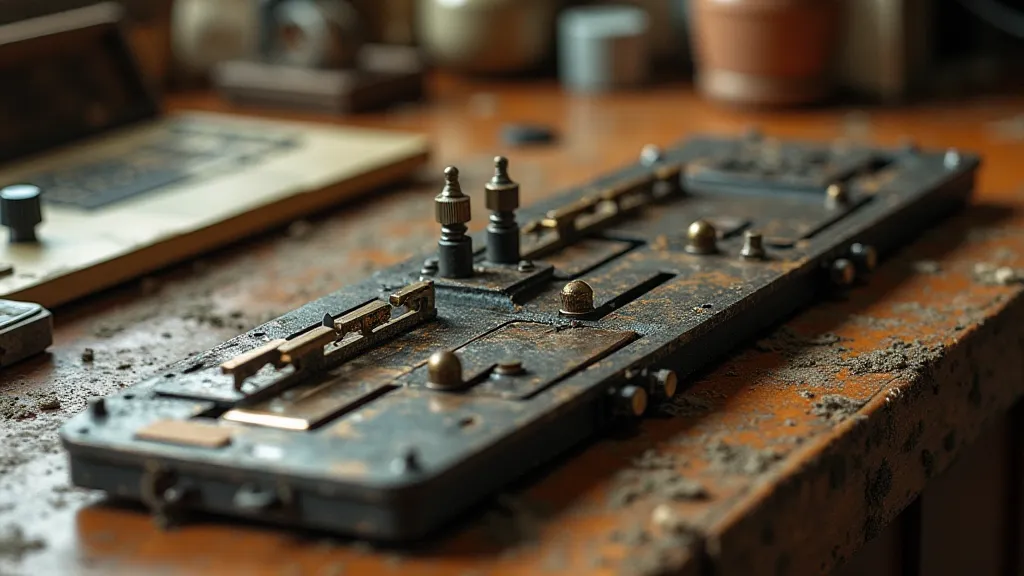
When to Seek Professional Help
For more significant misalignment, warping, or damage, it’s best to consult with a specialist experienced in slide rule repair. Attempts to force repairs can easily exacerbate the problem and make the slide rule irreparable. Some clockmakers or antique tool restorers may have the necessary skills and knowledge. Replacing the windows isn’t always straightforward either; they need to be clear and precisely fitted. A professional can also advise on any damage that may be hidden beneath the surface.
Preserving Your Slide Rule
To maintain the accuracy and longevity of your slide rule, follow these preventative measures:
- Store Properly: Keep your slide rule in a dry, stable environment, away from extreme temperatures and humidity. Consider a case specifically designed for storing vintage instruments.
- Handle with Care: Avoid dropping or subjecting the slide rule to unnecessary stress. Treat it with the respect it deserves, recognizing its delicate construction.
- Regular Cleaning: Gently clean the scales with a soft cloth to remove dust and debris.
- Periodic Inspection: Check the accuracy of your slide rule periodically using the yardstick method.
- Replacing Windows: If the protective windows are damaged, consider replacing them to maintain accuracy and protect the scales. You can find a step-by-step guide on replacing broken slide rule windows.
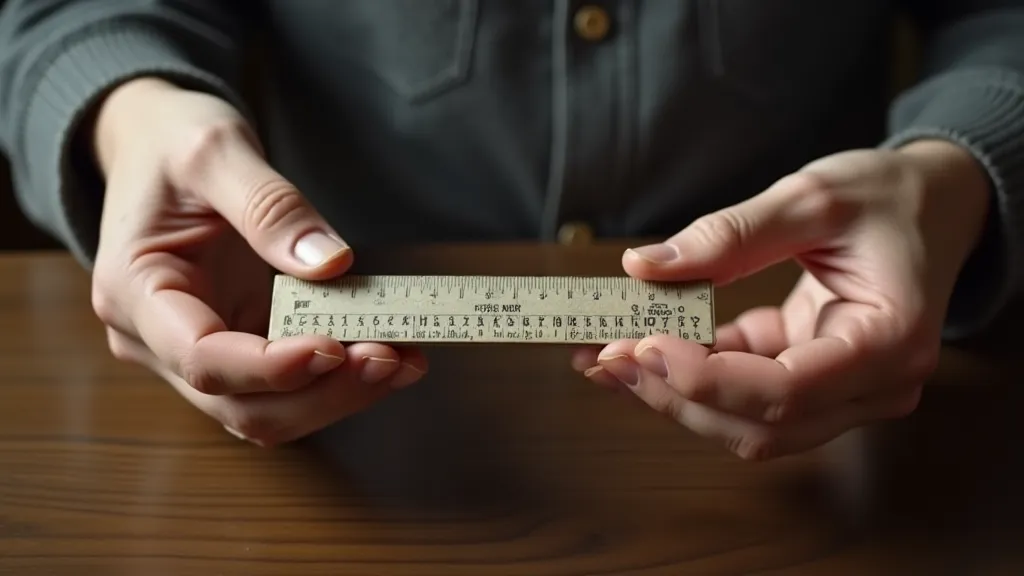
Maintaining a slide rule’s accuracy isn't just about preventing mechanical failures; it's about respecting the engineering principles and the craftsmanship that went into its creation. By following these tips, you can ensure that your slide rule remains a reliable and rewarding tool for years to come.
